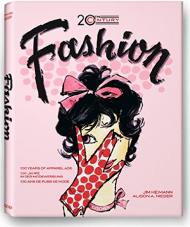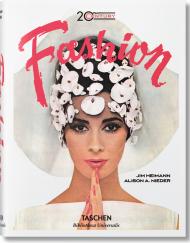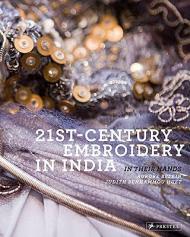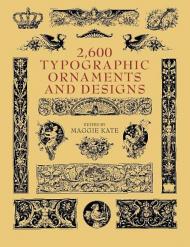Alison A. Nieder
The way we wore. The story of modern fashion — from couture to mass market
The 20th century saw fashion evolve from an exclusive Parisian salon business catering to a wealthy elite, into a global industry employing millions, with new trends whisked into stores before the last model has left the catwalk. Along the way, the signature feminine silhouettes of each era evolved beyond recognition: House of Worth crinolines gave way to Vionnet's bias-cut gowns, Dior's New Look to Quant's Chelsea Look, Halston's white suit to Frankie B.'s low-rise jeans. In menswear, ready-made suits signalled the demise of bespoke tailoring, long before Hawaiian shirts, skinny ties or baggy pants entered the fore.
20th Century Fashion offers a stylish retrospective of the last hundred years, via 400 fashion advertisements from the Jim Heimann Collection. Using imagery culled from a century of advertising, this book documents the unrelenting pace of fashion as it was adopted into the mass culture, decade by decade. An in-depth introduction, chapter text, and illustrated timeline detail the style-makers and trendsetters, from couture to the mass market; and how the historic events, design houses, retailers, films, magazines, and celebrities shaped the way we dressed — then and now.
-------
О книге 20th Century Fashion: 100 Years of Apparel Ads
20th Century Fashion: 100 Years of Apparel Ads - это книга о моде 20-го века, целых 100 годах культа и рекламы дизайнерской одежды. Увлекательный рассказ о том, как создавались наряды и что принято было носить в прошлом веке.
20th Century Fashion повествует о формировании современной моды – от кутюр и до массового рынка. Развитие моды в 20-ом веке начиналось в эксклюзивных Парижских салонах, которые были созданы для элиты. А превратилось в настоящую мировую индустрию, в которой работают миллионы, с новыми тенденциями и большими массовыми магазинами. Одежда стала не только подиумной.
Фирменные женские образы разных эпох менялись кардинально: кринолины Houseof Worth сдали позиции платьям Vionnet с разрезом, Dior's NewLook-уступил Quant´s Chelsea Look, белый костюм Halston сменили невысокие джинсы от Frankie B. Мужская одежда, костюмы перестали шить на заказ. Задолго до того, как вошли в моду рубашки - гавайки, тонкие галстуки и мешковатые брюки.
20th Century Fashion: 100 Yearsof Apparel Ads предлагает взглянуть в прошлый век, на примере 400 fashion объявлений из коллекции Джима Хеймана. Используя образы, навеянные веком рекламы, эта книга от издательства Taschen, описывает неуклонный темп моды. То, как она была принята массами, от десятилетия, к десятилетию.
Фолиант содержит подробное введение, много глав и большое количество иллюстраций, подробно описывают создателей стиля и законодателей моды, от кутюр и до массового рынка. А также то, как исторические события, дизайн модных домов, ритейлеры, фильмы, журналы и знаменитости формировали то, как мы одевались тогда и одеваемся сейчас.














